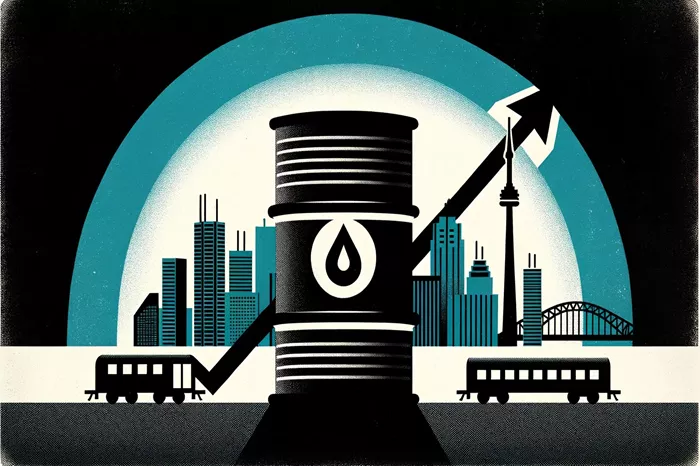Crude oil futures remained relatively unchanged during Asian trading hours on Tuesday, as benchmarks consolidated a two-week rally, maintaining levels near their June highs.
As of 0710 GMT, front-month August 2024 ICE Brent futures were trading at $84.09 per barrel, slightly down from Monday’s close of $84.25 per barrel, marking a nearly 10% increase from early June lows.
Simultaneously, July 2024 NYMEX WTI was priced at $80.19 per barrel, down from Monday’s settle of $80.33 per barrel. The more actively traded August 2024 contract was at $79.56 per barrel, compared to the previous close of $79.72 per barrel.
Traders reported a generally optimistic sentiment, with expectations of a continued market deficit throughout the year following OPEC+’s extension of production cuts until at least October, alongside stricter compliance within the group.
“Investors have overlooked the weaker-than-expected 5.6% year-on-year increase in Chinese industrial output and the news that oil refining has dropped to its lowest rate this year due to more plants shutting for maintenance. The resilience of oil prices indicates that investors anticipate a tightening market as the US driving season progresses,” commented Fawad Razaqzada, an analyst at City Index.
Recent data revealed that China’s crude oil throughput in May fell over 2% compared to the same period last year, marking the lowest level since January 2023.
Physical Market
In the physical market, North Sea prices continued to recover from recent lows. July barrels of the flagship Forties grade were bid as high as $1.30 per barrel over Dated Brent swaps on a CIF Rotterdam basis, approaching parity on a FOB basis when adjusted for freight.
Crude markets have also benefited from improved distillate cracks over the past week. European diesel markets have returned to backwardation for the first time in two months, signaling near-term support for industrial road fuel as concerns over oversupply diminish.
Additionally, traders are monitoring developing storms in the Gulf of Mexico and Caribbean. While neither of the two weather systems currently being observed are expected to pose significant threats to oil and gas infrastructure, they could be indicative of an active 2024 storm season.
Related topics:
Global Oil Demand to Peak This Decade, Surplus to Drive Down Production

